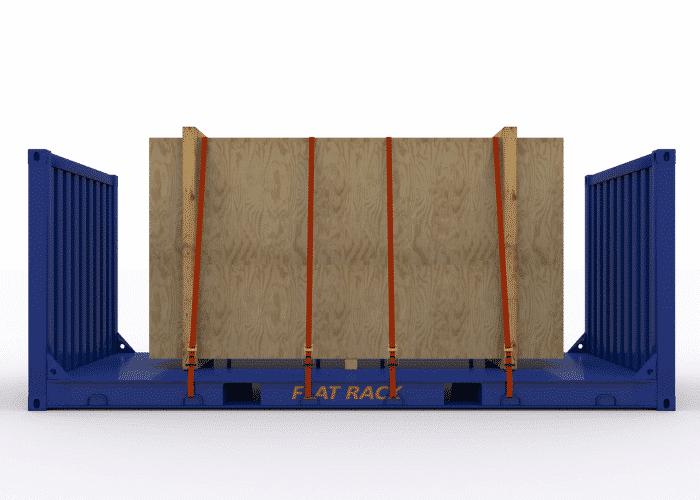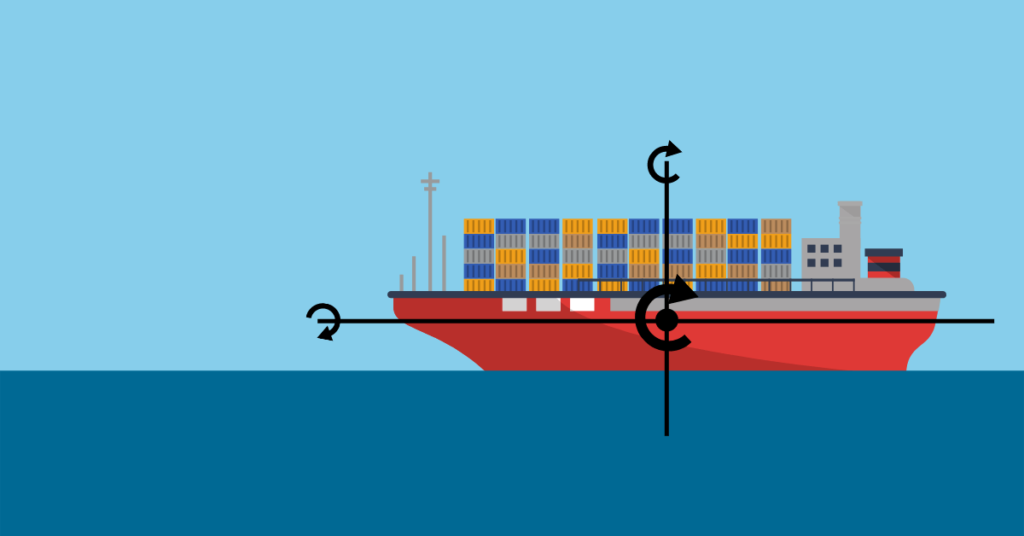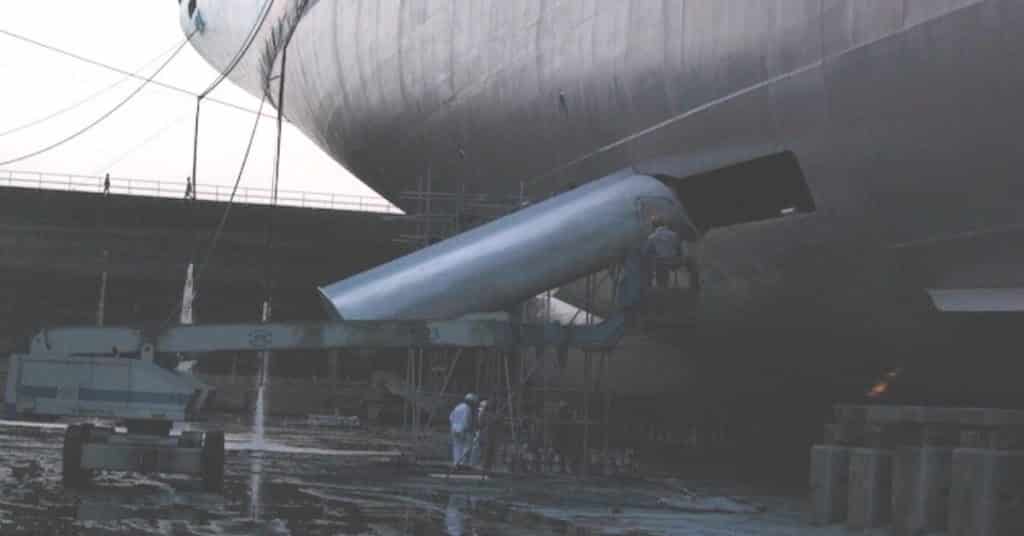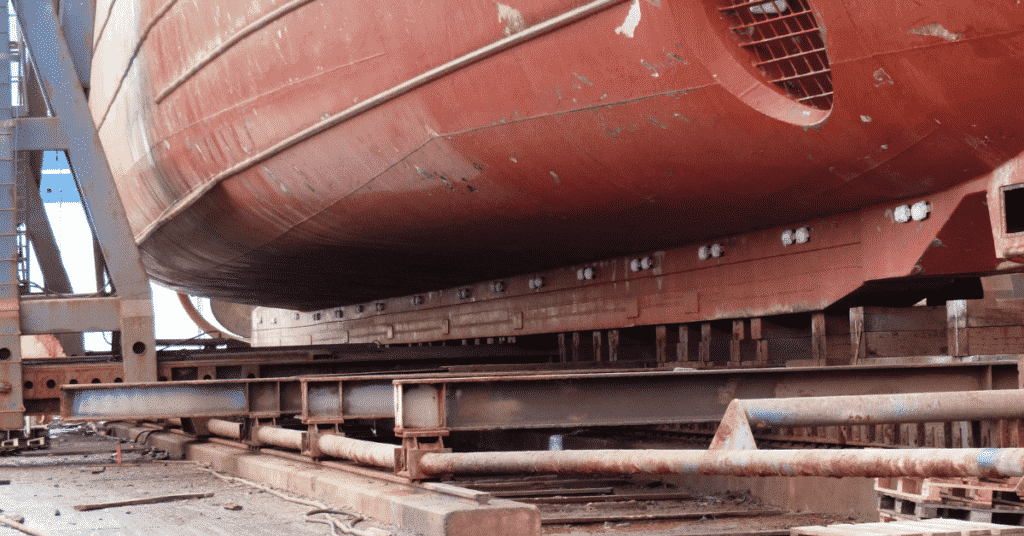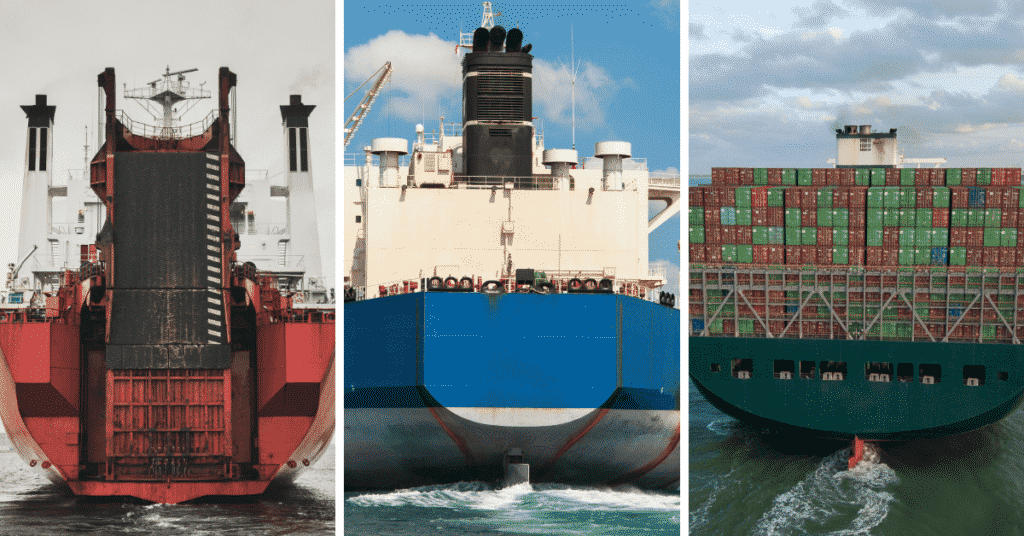How Are Containers Stacked And What is Stacking Weight ?
Containerships are currently the most prominent workhorses of the global trade and intercontinental supply chain. As maritime transport is, to date, the most crucial instrument of commercial logistics worldwide, containerships occupy a colossal share in the functioning of the global markets.
As per reports, approximately over 230 million containers were shipped globally in the financial year 2021-2022. The number is set to increase perpetually over the years with the population boom and skyrocketing consumer demand worldwide.
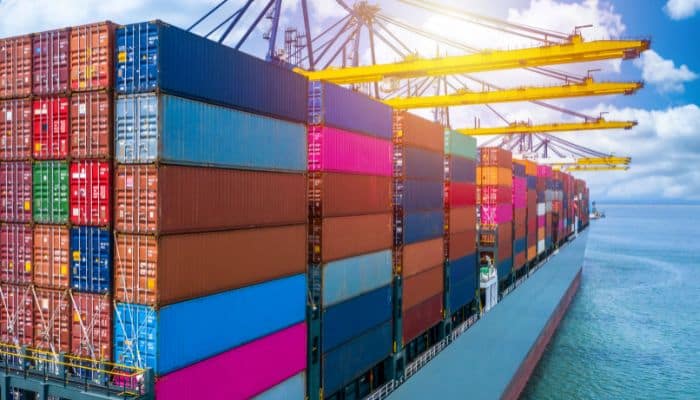
Containerships need no introduction. To recapitulate, they are those commercial vessels that transport goods and supplies in the form of standardised packaged units known as containers.
Everything ranging from industrial to agricultural supplies, domestic to defence, civil to medical, and so on, are transported after being stowed inside these containers from one port or terminal to another.
These containers are further transported inland by means of dedicated railroads and trucks from their points of origin or to their points of consumption.
These containers are of standardised ‘cuboidal’ sizes as per ISO specifications. The containers mainly shipped by containerships are 10-foot, 20-foot, 40-foot, and 45-foot variables in length. The breadth and height of these containers are more or less fixed. The breadth of these containers is around 2.44 m or 8 feet, and the height of these containers is around 2.59 m or roughly 8.5 feet. (All these dimensions are external).
Further reading: 16 Types of Container Units and Designs for Shipping Cargo
Though other types and sizes of containers are also available in the market, however, for all practical purposes, the above-mentioned ones are the most commonly distributed and used for freight-based commercial transport in containerships around the world. These container sizes are often classified in the form of a special unit known as TEU or Twenty Foot Equivalent. 1 TEU typically refers to a standard 20-foot container size.
Thus, a 40-foot container is equivalent to 2 TEUs, or for example, a set of thirty 10-foot and five 40-foot containers give a total of 25 TEUs (do the math!).
Containerships are mostly classified in terms of these TEUs. A containership with a tonnage capacity of 5000 TEU essentially means that the vessel is capable of carrying a maximum of 5000 20-foot containers that are fully filled.
TEU is mostly a volume-based quantity. For all practical purposes, a containership usually carries multiple sizes of containers.
Further reading: A Guide to Shipping Container Dimensions
From a design point of view, containerships are faster than other cargo ships like bulk carriers and hence have a typical hull form that caters to both the requirements of speed and sustainability of cargo. By sustainability, the most crucial ambit that comes into the picture is strength
. Strength, in turn, encompasses not only the indispensable requirement of the structural integrity of the vessel in both local and global modes but also the intactness of the containers being stowed.
Stowage Of Containers, Distribution, And Securing
Now, coming to the topic of interest, let us first revisit the way in which containers are stowed. Containers are mostly stacked in vertical columns, known as stacks. In this manner, the containers are neatly arranged one above another. They are stowed both in the internal cargo holds as well as above the main or weather deck. The stowage of these containers is at specific slots or guides that are designed to fit in a specific type of container.
When many containers are stacked, the distribution becomes crucial, especially when they are of dissimilar sizes and loading. As per logic, the heavier, bigger, and fully-filled containers are placed downwards. The partially filled, lighter, and smaller containers are kept above. This maintains the CG or centre of gravity of the vessel within admissible limits, upkeeps stability of the entire system, and also prevents structural failure of containers due to heavier loads from the top.
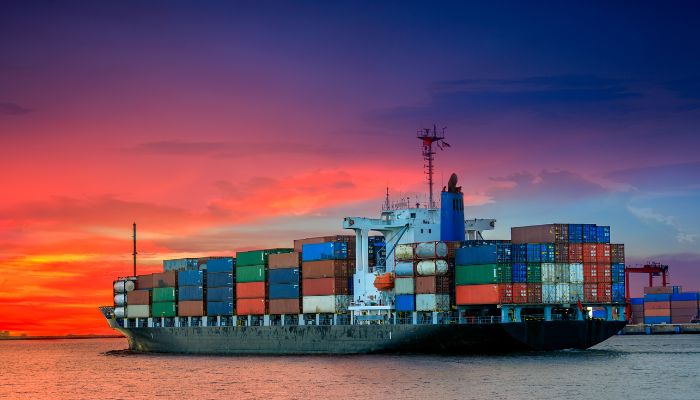
At this point, the most important aspect is the securing of the containers so that they do not fall like a house of cards. Over the years, securing containers has become challenging, and various means have been employed to affix these containers safely.
Now, when containers are stowed inside the dedicated cargo holds, it is not a problem as inside a closed boundary hold that is completely piled with containers, dislodging or falling is never a problem.
In containerships, the cargo holds are characterised by several horizontal and vertical divisions or bulkheads that accommodate for no free space, which can result in the containers getting toppled.
Moreover, when a vessel is being loaded, the lower spaces are filled first to reasons owing to stability, and thus the internal cargo holds are mostly crammed with no margin of freedom.
Nonetheless, for rare occasions like when there is free space and during extreme sea states that can lead to the ship’s structural damage owing to continuously colliding containers, there are dedicated cargo securing arrangements.
The bottommost container is connected to the bottom shell (or intermediate deck in the case of multi-deck vessels) first by means of twist-locks that are affixed to the deck plate or bottom shell plate.
These are locked to the containers through corner castings or sockets at the corners of the container. At side locations, they are mostly attached to the side shell or frames by means of hooks or rods that prevent lateral motions. The containers are mostly attached to one another by means of straps or lashings.
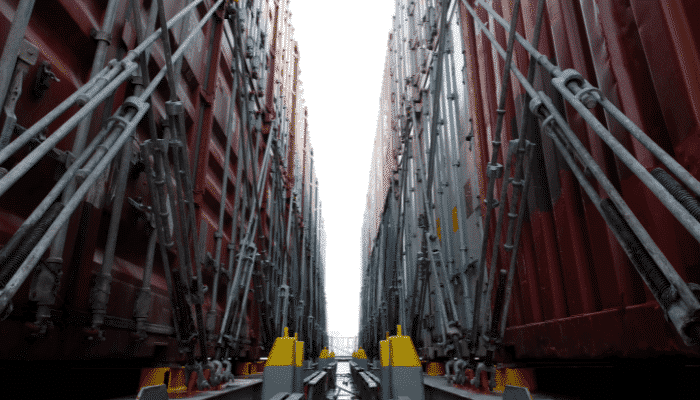
However, securing containers stacked on the exposed or weather deck above is a big challenge. There, any form of error can lead to total loss of containers in the sea and even capsizing of the vessel in worst cases due to large induced moments when the containers are toppling over.
In most of the accidents involving container loss, there has been a loss of a large number of containers in a single go, thanks to the ‘domino effect’ associated with stacks being lost one after the other due to any loose connection or breach in securing arrangement. The securing arrangement of the container on the deck uses similar methods as mentioned above but in a much more complicated and rigorous way.
The bottommost container of each stack is firmly secured to the main deck plating by means of twist-locks, turnbuckles, lashing rods, lashing pots, and securing points.
The method of securing is complex but, in a simple sense, involves locking the container at all corners by means of a twist-lock to the deck and further fastening it by means of turnbuckles and lashing rods. Lashing pots and securing points are strongholds welded on the deck plating to which the container is secured.
Then the containers above this bottommost container are secured to one another as well as to the deck again by means of lashing rods. The endpoint of these lashing rods is always connected to the main deck plate by means of a securing point like a D-ring and through a turnbuckle.
Furthermore, other means of intermediate support, like stacking cones, mid locks, and metal straps, are also used. Midlocks are used as additional means of lockage used, along with twist locks and turnbuckles to support the stacked containers to the deck. Stacking cones are conical pads of chock made out of low-friction synthetic or rubber that are placed between two successive levels or tiers of containers to prevent them from slipping or sliding.
Moreover, other means of fitting, like bridge fittings, are used to connect multiple stacks of containers, especially in higher tiers, to create more intactness. Lashing rods and supporting rods are also used at the end faces of a container to provide stiffness against lateral motions and vibrations.
What Is Stacking Weight?
Now that we have learnt about stacking containers, let us learn about stack weight or stacking weight.
In a very simple and generalised sense, stack weight is basically the maximum amount of load that a deck plate, tank top plate, or hatch cover plate can bear before failure.
Now, for all practical purposes, since containerships are the most common category of commercial vessels that stow cargo on the decks, stacking weight is now more specific to containers only.
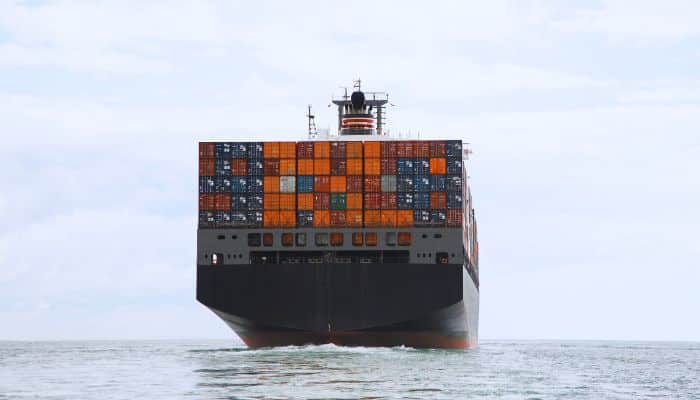
Thus, refining the definition, stacking weight is the maximum amount of weight of containers that can be placed in the way of a single stack of cargo for a deck plate or tank top plate or hatch cover. Note the term single stack of cargo carefully. We now know that in containerships, containers are arranged in the means of vertical stacks one above another in designated slots. Stacking weight defines the maximum weight of containers that can be kept on those slots themselves.
Assuming that a fully filled container containing the same contents is placed over a plate, the total weight is distributed uniformly over the area where it is placed. Thus, when we say that the stacking weight or load on the main deck of a containership is X tonnes or kgs, we mean that over any given container slot or guide for the placement of containers, the maximum weight of the stack should not exceed X.
If, for instance, one of the slots has an area, say, A square metre, when we place a stack of containers with a full stack weight of X there, the pressure loading on that plate area is X/A tonnes/sq. metre or kg/sq. metre (assuming g=10).
Suppose we have a deck guide or slot for a 2-TEU container stack, and the designated stack weight there is, for example, 100 tonnes. If we have a supply of containers to be freighted, each weighing 15 tonnes, for example, what is the maximum number of containers we can safely stow? The answer is 6. Thus, when the weight of the cargo is known, the stack weight over an area gives the maximum number of containers to be stowed.
There are two very important factors for this stack weight:
Structural Strength: First and foremost, for any given ship structure, there is an allowable strength capacity, both in a global and local sense. Thus, the stack weight designated for the exposed deck or inner bottom tank top plating of a ship depends on the structural strength at these places itself. This is once again intrinsic to the overall structural design of the vessel.
Stability: As we saw above, stack weight also gives us an idea of the number of containers in a stack. Now, for containerships, the number is directly indicative of cargo height. Whatever may be the case, an exceedingly high stack of containers, especially on the main deck, is dangerous.
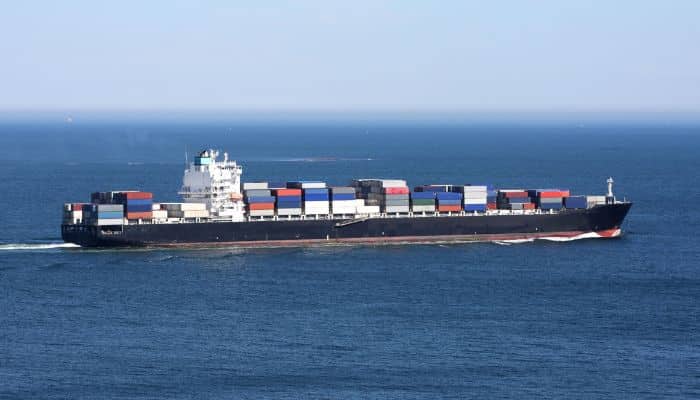
This interferes with the stability of the vessel (GM) and itself, and at the same time, also poses a high risk of securing arrangement failure due to high moments being created. Thus, the stack weight is decided not only on the structural strength of the vessel but also from a stability point of view. Hence, in the above example, when we stack 10 containers instead of 6, the deck plate MAY still not fail, but that can lower the stability significantly.
Stacking weight is mentioned on cargo stowage plans and securing manuals of all containerships.
Stacking Weight or stack weight also has another definition. So far, we have discussed stacking weight in the context of the vessel. However, each container also has a stacking weight itself! This is considering the fact that multiple tiers of containers can be stacked on that container itself. Stacking containers is not only done in containerships but elsewhere also.
If you have ever seen a container terminal or port, you must have inevitably seen large shipments of containers stacked in piles either to be transported seaways or inland from there. In large trailer trucks and goods carriages as well, multiple tiers of containers are often stowed for inland transport.
Thus, stacking the weight of a container gives the maximum weight that can be stowed above it. For instance, when we say that a stacking weight of 150 tons is for a container, it essentially means that 150 tonnes of container weight can be piled up above this. Stacking weight for a container has nothing to do with its own weight!
For any container, the designated stacking weight is mentioned on a CSC detail plate attached to it.
- You might also like to read-
- What Are Container Tracking Systems?
- What is A Non-Operating Reefer Or NOR Shipping Container?
- What are One-Trip Shipping Containers or Single-Use Shipping Containers?
- What is an ATA Carnet in Shipping?
- What Are Foldable Containers For Shipping Cargo?
Do you have info to share with us ? Suggest a correction

About Author
Subhodeep is a Naval Architecture and Ocean Engineering graduate. Interested in the intricacies of marine structures and goal-based design aspects, he is dedicated to sharing and propagation of common technical knowledge within this sector, which, at this very moment, requires a turnabout to flourish back to its old glory.
Latest Naval Arch Articles You Would Like:
Subscribe To Our Newsletters
By subscribing, you agree to our Privacy Policy and may receive occasional deal communications; you can unsubscribe anytime.











